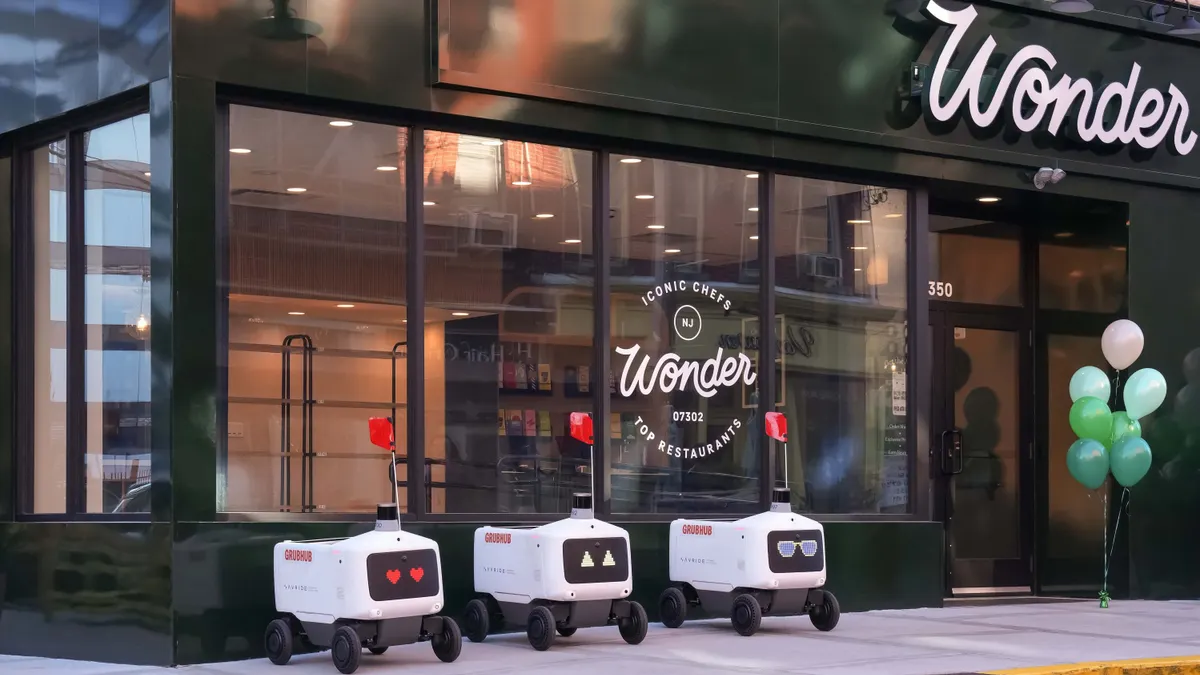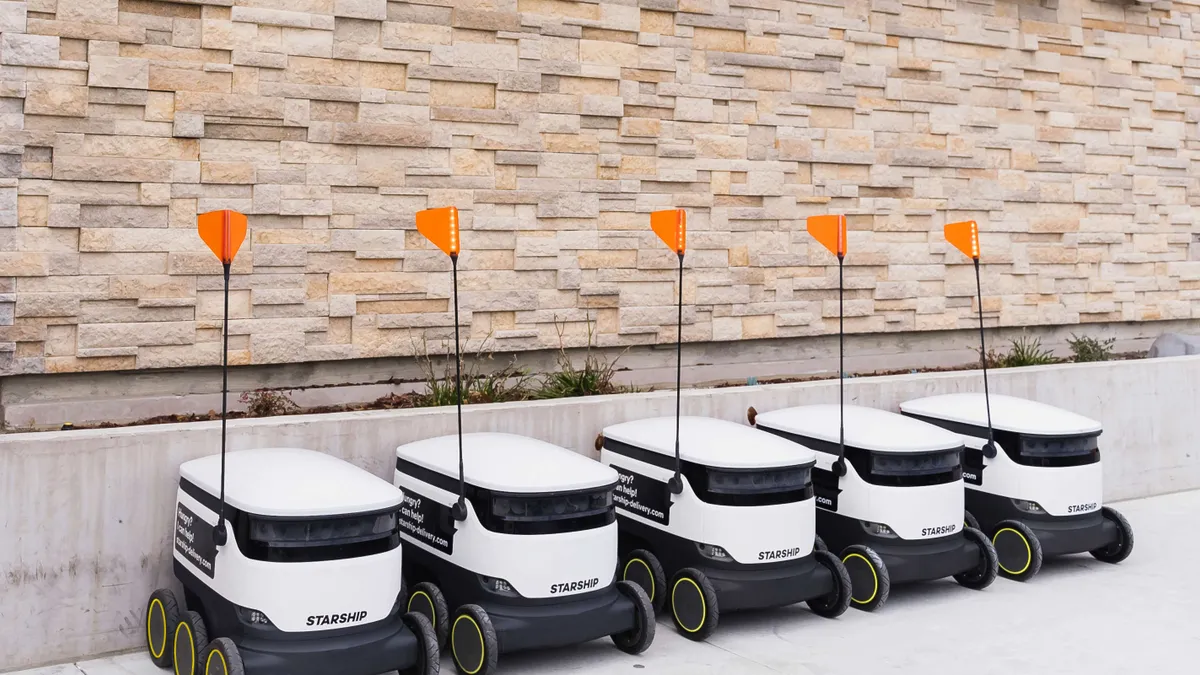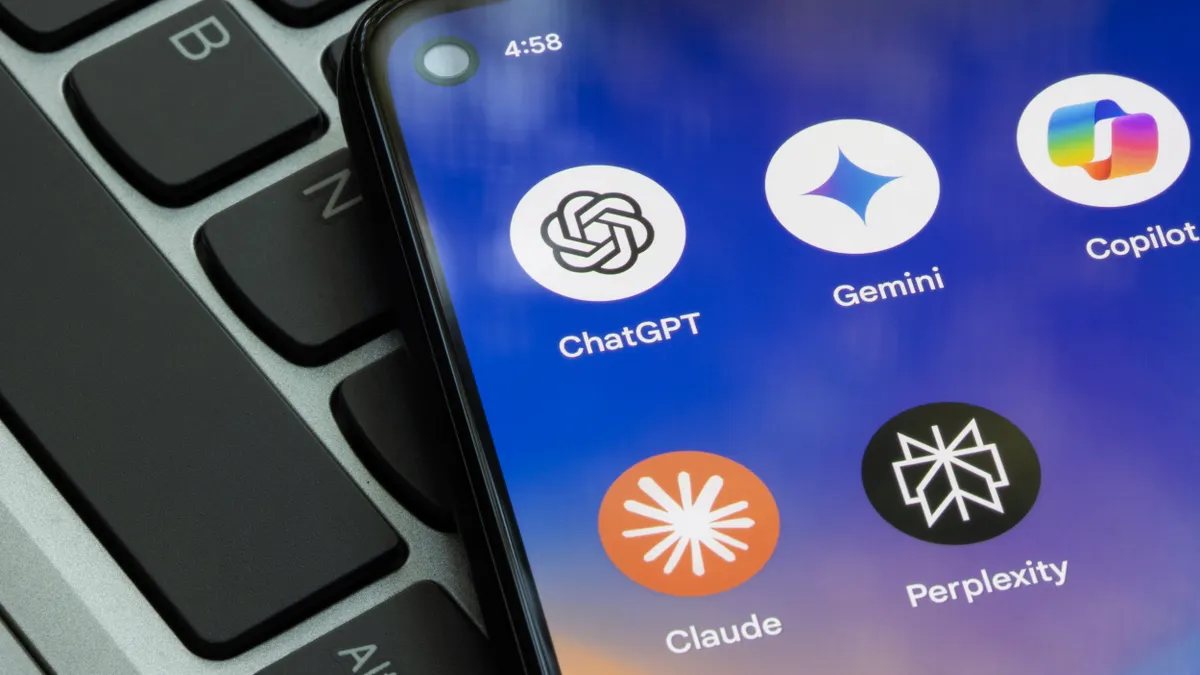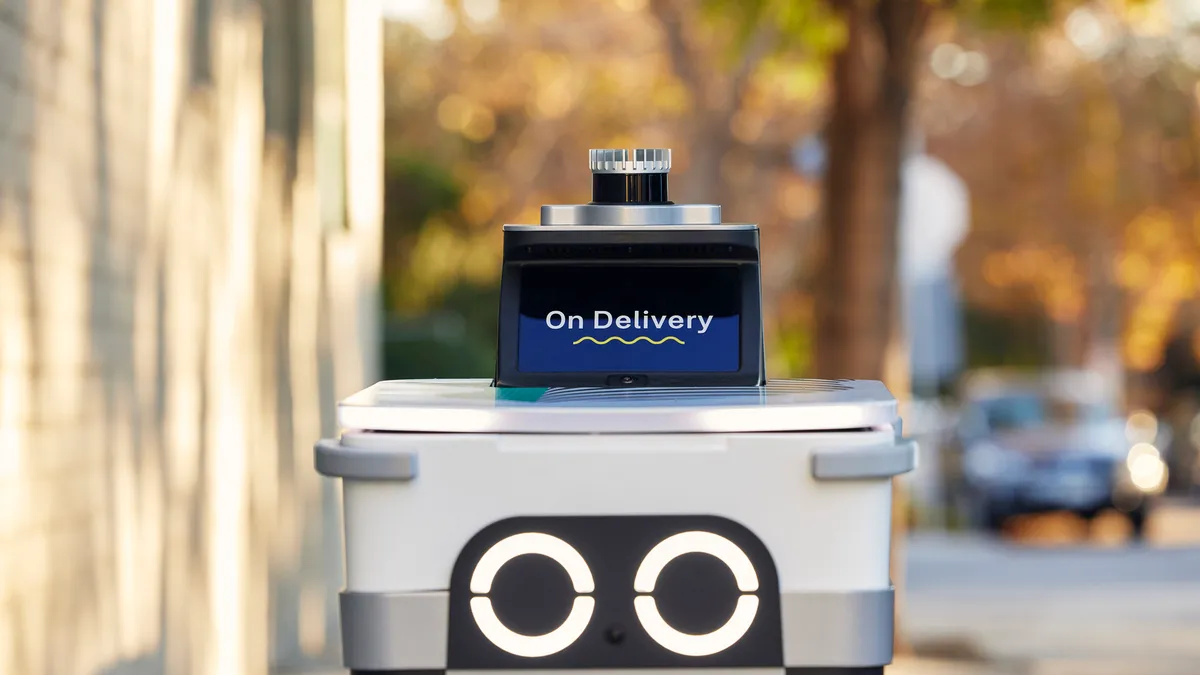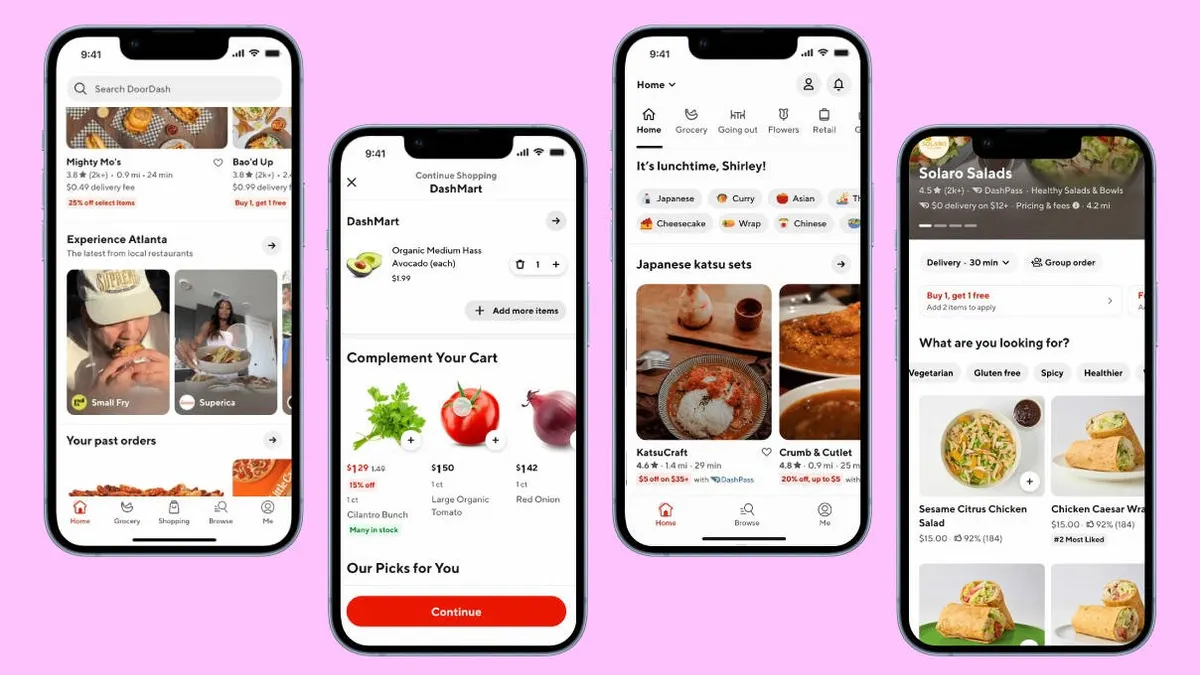The following is a guest post by Kashyap Deorah, founder and CEO of Hypertrack, a live location platform for retail, e-commerce and restaurants. Deorah also sold JustChalo to OpenTable.
Our favorite food apps are building offline restaurants. Should our favorite restaurants be going digital? Let's understand what this means — for consumers, for these businesses and for the market at large.
Apps are starting restaurants
I live in Berkeley and am partial towards anything curry. The universe rewarded me with some of the best Burmese curries money can buy, at Burma Superstar in Oakland. It was a special day when they became available for home delivery through DoorDash. Apparently there are many more consumers with my palate because in late 2020, DoorDash partnered with Burma Superstar to start Burma Bites, a restaurant optimized for pickup and delivery.
Like DoorDash, GrubHub stepped up and partnered with restaurateur Robert Earl to launch exclusive branded virtual restaurants, their "new secret weapon of the industry." Call them ghost kitchens, virtual restaurants, cloud kitchens or dark stores all you will, but these are restaurants that serve up a dining experiences to hungry customers in their region.
Think about it — all retailers with consumer brands look at consumption patterns to gauge what is selling well. Suppliers look at the business contribution coming through such brands. When the patterns cross a threshold from both sides, it makes sense to cut out the fat in the middle, and create a private label for consumers to get their curry.
Earlier this month, Restaurant Dive and Food & Wine reported that my former employer OpenTable has opened its first brick-and-mortar restaurant as an innovation lab. Same idea. A consumer brand looked at consumption patterns about where consumers want to go, noticed a strong preference in the type of restaurant and cuisine that customers want to book, and partnered with boutique hotel brand Life House to open a brick-and-mortar restaurant called Layla.
While working at OpenTable, admittedly a previous generation of the company before it was acquired by Booking Holdings, we were obsessed about dining experiences. While we had aggregate data of consumer preferences across their dining behavior, we missed the more intimate data within each dining experience. When acquiring my company, Chalo — a mobile tech firm offering online restaurant reservations — the appeal of a point-of-sale-connected mobile payments app to get that understanding was not lost on any of us involved. Making the various technologies and parties involved dance together to power a great dining experience is hard. An innovation lab to control the end-to-end experience makes a ton of sense.
Technology apps were meant to connect consumers and restaurants as two-sided marketplaces. They were focused on being asset-light, connecting the two sides and getting out of the way. However, the boundary between digital and physical is now breached due to consumption shift to the digital turf, with each participant moving organically in the direction of growing their business.
Restaurants need to go digital to compete
I recently interviewed Jocelyn Mangan, former SVP of Product at OpenTable and now Board member at ChowNow and Papa John's Pizza, about how the pandemic has shifted the consumer experience, balancing technology and authentic experiences, and the role of the customer in the value chain.
Data shows restaurant-to-consumer channel is a higher contributor of home delivery orders than platform-to-consumer channels. In order to avoid the 30% commissions charged by third-party delivery firms, which eat up all margins and then some, more consumer deliveries are being done by restaurants. Yet, delivery logistics are significantly low-tech or technology-free compared to the app platforms. Olo, the restaurant tech firm that went public through an IPO last month, claims to be the interface between 60,000 restaurants and the on-demand world. The platform is focused on digital ordering, while delivery management has integrations with third-party logistics networks. Toast and ChowNow are other alternatives for commission-free online ordering.
Third party delivery apps with consumer-facing brands have a conflict of interest. The app companyowns customer data, not the restaurant. The app is built to maximize their conversions, not the restaurants' conversions. While third party apps offer a delivery-only service, where restaurants can deliver through their network without listing in the consumer app, but the last-mile delivery experience for the customer is still powered by the app's brand, and not the restaurant.
Restaurants that enjoy customer loyalty and deliver their orders will need to take control of both ends of the experience — ordering and delivery. On the one hand, invest in technologies that help manage the customer relationship — loyalty, communication, subscriptions, personalization, payments. On the other hand, invest in technologies that help manage delivery automation — dispatch, tracking, last-mile delivery experience, distance-based payouts.
A number of well-funded startups are solving parts of this problem for the restaurant industry in the U.S. and around the world. As a restaurant, your first step is to acknowledge the urgency to go digital and evaluate your options in that direction. A quick Google search or lookup on software listing websites will show you a range of options. Equip store managers with systems to dispatch online orders to rostered drivers, equip the drivers with apps to manage orders on the way, and own the curbside pickup and delivery experience for your customers.
Engaging the customer with your brand experience will boost direct business, and becoming self-sufficient in order fulfillment will help the bottom line. Good luck!









